LEGO for Children Unique 2024
$25.99
LEGO is an exceptional construction toy that promotes creativity, problem-solving, and fine motor skills in children. Featuring colorful, interlocking bricks, LEGO encourages imaginative play and offers a diverse range of themes and sets suitable for various ages and interests. From detailed models and collaborative projects to role-playing scenarios, LEGO provides a fun and educational experience that supports cognitive and social development. Its durable, safe design ensures lasting enjoyment, while effective storage solutions help keep the collection organized and accessible. LEGO continues to inspire and engage children, fostering creativity and skill development through endless building possibilities.
LEGO for Children

LEGO for chilren, a renowned and beloved brand in the world of toys, has revolutionized the way children engage in creative play and learning. Since its inception, LEGO bricks have become synonymous with imaginative construction, providing a platform for children to explore their creativity, develop problem-solving skills, and enhance fine motor abilities. This detailed overview will delve into the many facets of LEGO for children, from its design and educational benefits to storage solutions and organizational tips, ensuring a comprehensive understanding of what makes LEGO an exceptional tool for development and play.
Design and Versatility
LEGO bricks are iconic for their unique design, which features a simple yet effective interlocking mechanism. Each brick is engineered with precision, allowing them to snap together securely and form a wide range of structures. This design not only ensures that creations are stable but also makes it easy to dismantle and rebuild, encouraging ongoing experimentation and creativity. The bricks come in a vibrant array of colors, shapes, and sizes, providing endless possibilities for construction and design.
The versatility of LEGO extends beyond just the bricks themselves. The brand offers a broad spectrum of themes and sets, ranging from classic cityscapes and vehicles to intricate models based on popular franchises such as Star Wars, Harry Potter, and Marvel superheroes. This variety ensures that there is a LEGO set to suit every child’s interests, fostering engagement and enthusiasm for building.
Educational Benefits
LEGO is more than just a toy; it is a powerful educational tool that supports various aspects of child development.
- Cognitive Development: Building with LEGO enhances cognitive skills by challenging children to think critically and solve problems. As they follow instructions to complete a model or design their own structures, they learn about spatial relationships, geometry, and engineering principles. This hands-on approach to learning makes abstract concepts more tangible and easier to understand.
- Fine Motor Skills: Manipulating the small bricks requires precise hand-eye coordination and dexterity, which are crucial for tasks such as writing, drawing, and using utensils. As children grip, connect, and position the bricks, they strengthen the muscles in their hands and fingers, contributing to their overall fine motor development.
- Creativity and Imagination: LEGO provides an open-ended platform for creative expression. With no predefined boundaries, children are free to construct whatever they can imagine, from towering skyscrapers and futuristic vehicles to magical castles and bustling towns. This freedom encourages imaginative play and storytelling, allowing children to explore different scenarios and roles.
- Problem-Solving Skills: The process of building with LEGO involves trial and error, which helps children develop problem-solving skills. They learn to think critically, experiment with different solutions, and overcome challenges as they work towards completing their projects. This iterative process fosters resilience and adaptability.
- Social Skills: Collaborative LEGO play encourages teamwork and communication. When children work together on a project, they learn to negotiate ideas, share resources, and resolve conflicts. These social interactions help children develop important skills such as cooperation, empathy, and leadership.
Variety of LEGO Themes and Sets
LEGO offers an extensive range of themes and sets, each designed to cater to different interests and age groups. Some popular themes include:
- LEGO City: This theme allows children to build and explore everyday urban environments, from police stations and firehouses to airports and construction sites. The sets often include detailed mini-figures and vehicles, providing opportunities for imaginative role-playing.
- LEGO Friends: Aimed at a younger audience, LEGO Friends focuses on building vibrant and colorful sets that represent a group of friends and their adventures. This theme encourages social play and storytelling, with sets that include various locations such as cafes, animal clinics, and beach houses.
- LEGO Technic: For older children and enthusiasts, LEGO Technic offers more complex and intricate sets that incorporate advanced building techniques and mechanical functions. These sets often feature gears, axles, and motors, allowing builders to create moving models and understand engineering principles.
- LEGO Star Wars: Based on the popular Star Wars franchise, these sets let children recreate scenes from the movies or build their own Star Wars-inspired creations. With detailed models of spaceships, vehicles, and characters, LEGO Star Wars appeals to fans of all ages.
- LEGO Creator: This theme offers a range of sets that can be built into multiple models. With a focus on versatility and creativity, LEGO Creator sets allow children to construct various vehicles, buildings, and creatures using the same set of bricks.
Safety and Durability
Safety is a top priority for LEGO, with each brick undergoing rigorous testing to ensure it meets high safety standards. The bricks are made from high-quality, non-toxic plastic, which is durable and resistant to wear and tear. Additionally, LEGO sets are designed to be free from sharp edges or small parts that could pose choking hazards for young children. The durability of LEGO bricks allows them to withstand frequent use and rough play, ensuring that they remain in good condition for years.
Storage Solutions
Effective storage and organization are essential for maintaining a pleasant LEGO experience. A well-organized collection not only prevents pieces from getting lost but also makes the building process more efficient. Various storage solutions are available, each designed to cater to different needs:
- Plastic Bins and Boxes: Plastic bins and boxes are versatile and come in various sizes and shapes. Transparent bins allow children to see the contents without opening them, while stackable options make it easy to store them in closets or on shelves.
- Drawer Systems: Drawer systems offer a more organized approach, with multiple compartments or drawers that can be used to sort bricks by color, size, or type. This type of storage is ideal for larger collections and helps keep everything easily accessible.
- Rolling Carts: Rolling carts with multiple tiers and drawers provide a mobile storage solution, allowing children to bring their LEGO collection to different play areas. Labeling the drawers can further enhance organization and ease of access.
- LEGO-Compatible Storage: Some storage solutions are specifically designed for LEGO bricks, featuring interlocking compartments and baseplates for building directly on the containers. These products often combine functionality with fun, making them an attractive option for organizing and storing LEGO.
- Storage Bags and Organizers: For portable storage, storage bags and organizers offer compact and convenient solutions. Drawstring bags, zippered pouches, and roll-up organizers are ideal for taking LEGO on the go or for smaller collections.
Tips for Effective LEGO Organization
To maximize the benefits of LEGO storage solutions, consider the following tips:
- Sort by Color and Type: Sorting bricks by color or type can make it easier to find specific pieces and enhance the building experience. Using small containers or trays within larger bins can help with detailed categorization.
- Label Containers: Labeling storage bins, drawers, or compartments helps children quickly locate and return pieces to their proper places. This practice also supports organizational skills and responsibility.
- Regular Maintenance: Periodically reviewing and reorganizing the LEGO collection can prevent clutter and ensure that pieces are kept in order. Involving children in this process can teach valuable organizational habits.
- Utilize Vertical Space: Make use of vertical storage options, such as stacking bins or drawer towers, to save space and keep the collection organized. Vertical storage can also make it easier to access different parts of the collection.
- Incorporate Building Areas: Integrating LEGO storage with designated building areas can enhance the play experience. For example, a storage unit with a built-in baseplate or workspace provides a convenient spot for building and organizing.
Conclusion
In summary, LEGO is a remarkable toy that offers a rich blend of educational value, creative potential, and interactive play. Its versatile design, combined with its ability to stimulate cognitive and social development, makes it a timeless choice for children. The wide range of themes and age-appropriate sets ensures that LEGO continues to engage and challenge young minds as they grow. Effective storage solutions and organizational practices further enhance the LEGO experience, making it enjoyable and efficient. Whether building intricate models, participating in collaborative play, or exploring new ideas, LEGO provides a dynamic and rewarding platform that supports a wide array of developmental milestones and fosters a lifelong love of creativity and construction.

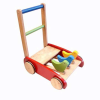
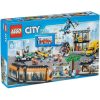
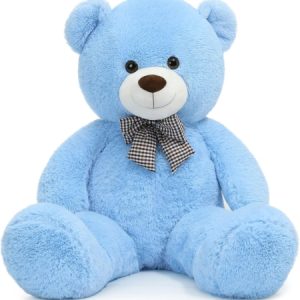
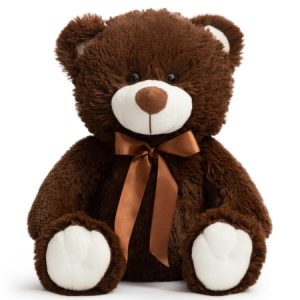

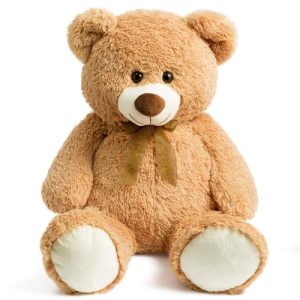


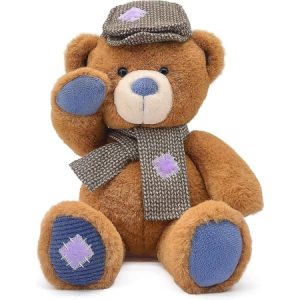
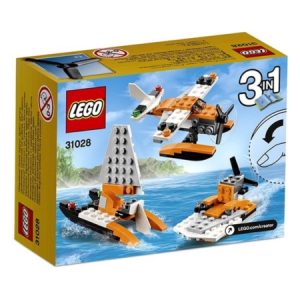
Reviews
There are no reviews yet.